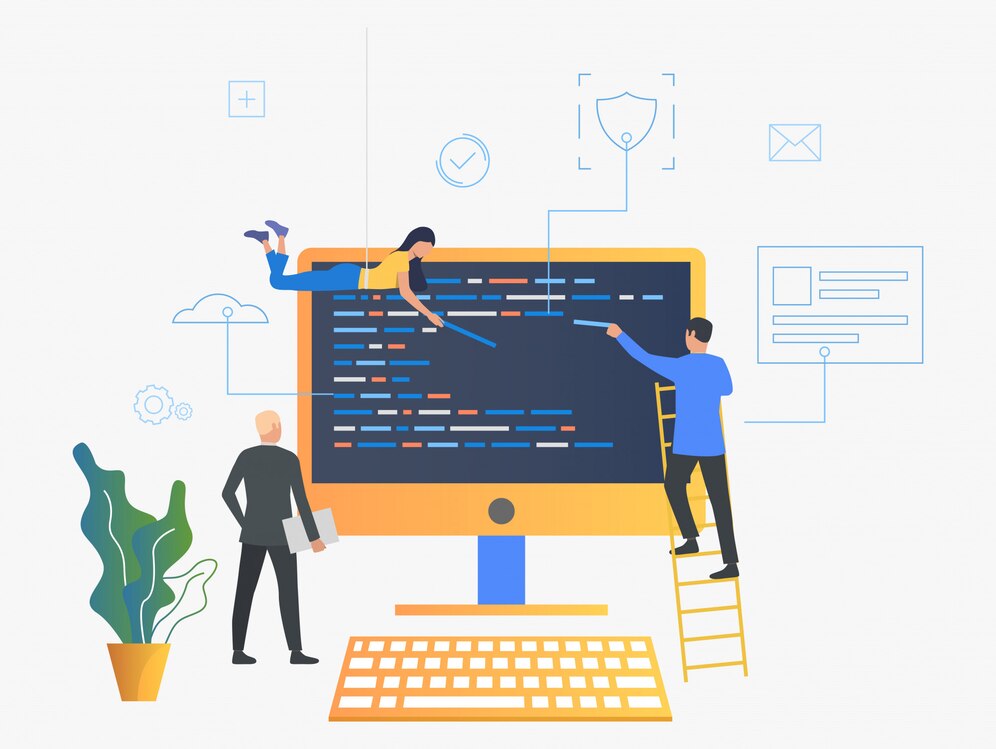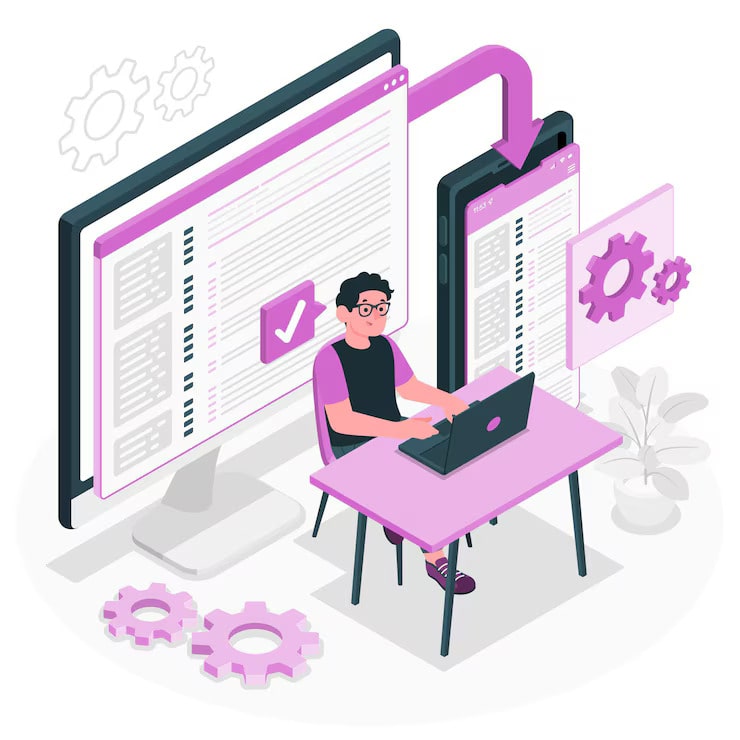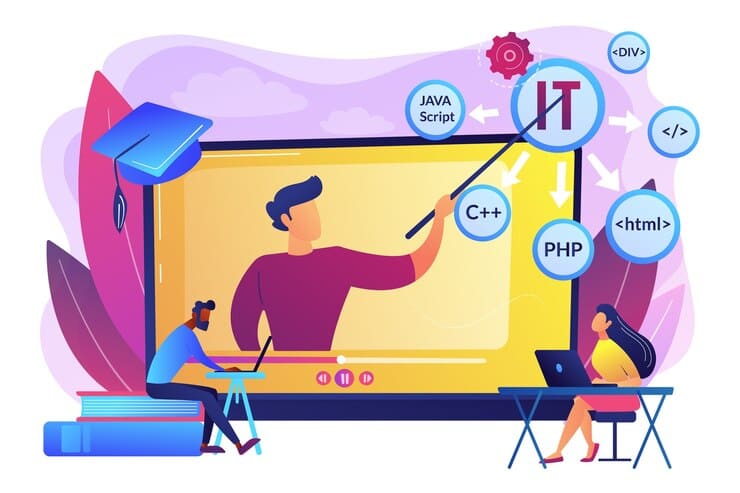Responsive Web Design Techniques for Full Stack Developers
Mastering responsive web design is crucial for full-stack developers in the ever-evolving field of web development. Responsive web design ensures that websites are accessible and visually appealing across various devices, from desktops to mobile phones. This blog will delve into essential techniques for responsive web design, beneficial for developers creating versatile and user-friendly websites. Full Stack Developer Courses in Pune or the specialized Full Stack Java Developer Course in Pune offered by Testing Shastra are excellent options for those looking to enhance their skills.
Why Responsive Web Design Matters
With the growing use of smartphones and tablets, users access websites from a myriad of devices. Responsive design adapts to different screen sizes and orientations, ensuring a consistent and user-friendly experience. This approach not only enhances user satisfaction but also improves SEO rankings, as search engines like Google prioritize mobile-friendly websites.
Key Techniques for Responsive Web Design
- Fluid Grid Layouts
Fluid grids use relative units like percentages rather than fixed units like pixels. This ensures that the layout adjusts smoothly to different screen sizes, maintaining the integrity of the design.
- Flexible Images and Media
Images and media should scale within their containing elements. This is typically achieved using CSS properties like max-width: 100%, ensuring that media elements resize within the constraints of their containers without overflowing.
- Media Queries
Media queries are a cornerstone of responsive design. They allow developers to apply CSS rules based on the characteristics of the device, such as screen width, height, and orientation. This enables tailored styling for different devices, enhancing usability and aesthetics.
- Responsive Typography
Adjusting typography for different screen sizes is crucial for readability. Use relative units like em or rem instead of pixels to ensure that text scales appropriately across devices.
- Mobile-First Design
Adopting a mobile-first approach means designing for the smallest screen first and progressively enhancing the design for larger screens. This ensures that the core content and functionality are accessible on all devices.
- CSS Flexbox and Grid
CSS Flexbox and Grid layouts provide powerful tools for creating complex, responsive layouts. These tools offer flexibility and control over the placement and alignment of elements, making it easier to design responsive interfaces.
- Viewport Meta Tag
The viewport meta tag instructs the browser on how to control the page’s dimensions and scaling. Setting width=device-width ensures that the webpage matches the screen’s width, preventing horizontal scrolling and improving the user experience on mobile devices.
- Touch-Friendly Elements
Ensuring that interactive elements like buttons and links are large enough to be easily tapped on touchscreens is vital. Adequate spacing between elements prevents accidental taps and enhances the usability of the site on mobile devices.
- Performance Optimization
Optimizing performance is critical for responsive web design. Techniques such as lazy loading images, minifying CSS and JavaScript files, and utilizing a content delivery network (CDN) can significantly improve load times, especially on mobile networks.
- Testing Across Devices
Regular testing on various devices and browsers is essential to ensure that the responsive design functions correctly. Tools like browser developer tools, responsive design mode, and online testing services can help identify and fix issues.
Best Practices for Implementing Responsive Web Design
To ensure a seamless user experience across various devices, following best practices in responsive web design is crucial. Here are some additional techniques to enhance your responsive web design:
1. Progressive Enhancement
Progressive enhancement involves building the core functionality and content of a website first, ensuring it works on all browsers and devices. Then, additional features and styles are added for more capable devices and browsers. This approach guarantees a basic, functional experience for all users while providing an enhanced experience for those with advanced browsers.
2. Consistent Design Language
Maintaining a consistent design language across all devices reinforces brand identity and provides a cohesive user experience. Utilize a design system or style guide that includes color schemes, typography, and component styles to ensure uniformity.
3. Responsive Frameworks
Leveraging responsive frameworks like Bootstrap, Foundation, or Tailwind CSS can streamline the development process. These frameworks come with pre-built responsive components and grid systems, allowing for quicker implementation and ensuring consistent responsiveness across devices.
4. Content Prioritization
On smaller screens, it’s essential to prioritize content to ensure that the most critical information is readily accessible. Use techniques like collapsible menus, accordions, and prioritizing visible content to maintain a clean and functional layout on mobile devices.
5. Accessibility Considerations
Responsive design should also focus on accessibility to cater to users with disabilities. Implementing ARIA (Accessible Rich Internet Applications) roles, ensuring keyboard navigability, and providing sufficient color contrast are crucial steps to make websites more accessible.
6. Performance Monitoring and Optimization
Regularly monitor the performance of your responsive website using tools like Google Lighthouse, Page Speed Insights, and GT metrix. Identify performance bottlenecks and continuously optimize for faster load times and better user experiences, especially on mobile devices with slower internet connections.
7. Continuous Learning and Adaptation
Responsive web design is an evolving field. Stay updated with the latest trends, tools, and techniques by participating in online communities, attending workshops, and enrolling in courses. Continuous learning ensures that you can adapt to new challenges and provide the best solutions for responsive web design.
Responsive web design is a fundamental aspect of modern web development, ensuring that websites are accessible and user-friendly across all devices. By implementing best practices such as progressive enhancement, maintaining a consistent design language, leveraging responsive frameworks, and focusing on accessibility, full stack developers can create exceptional responsive websites.
Conclusion
Mastering responsive web design techniques is essential for full-stack developers aiming to create versatile and user-friendly websites. By implementing fluid grids, flexible images, media queries, and other key strategies, developers can ensure that their websites provide a seamless experience across all devices. For those looking to deepen their knowledge and skills, enrolling in a Full Stack Developer Course in Pune, Testing Shastra can provide valuable insights and hands-on experience.







